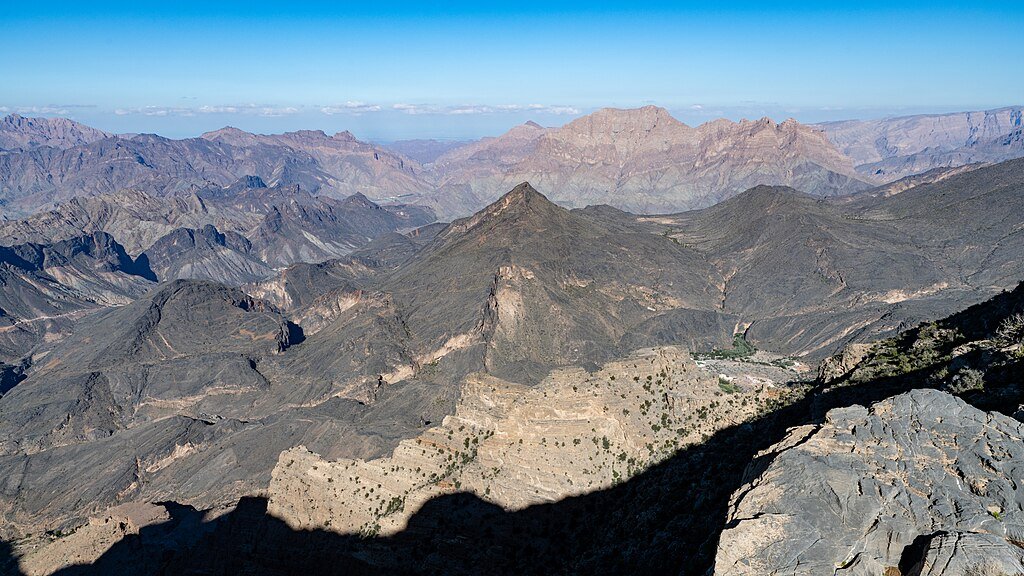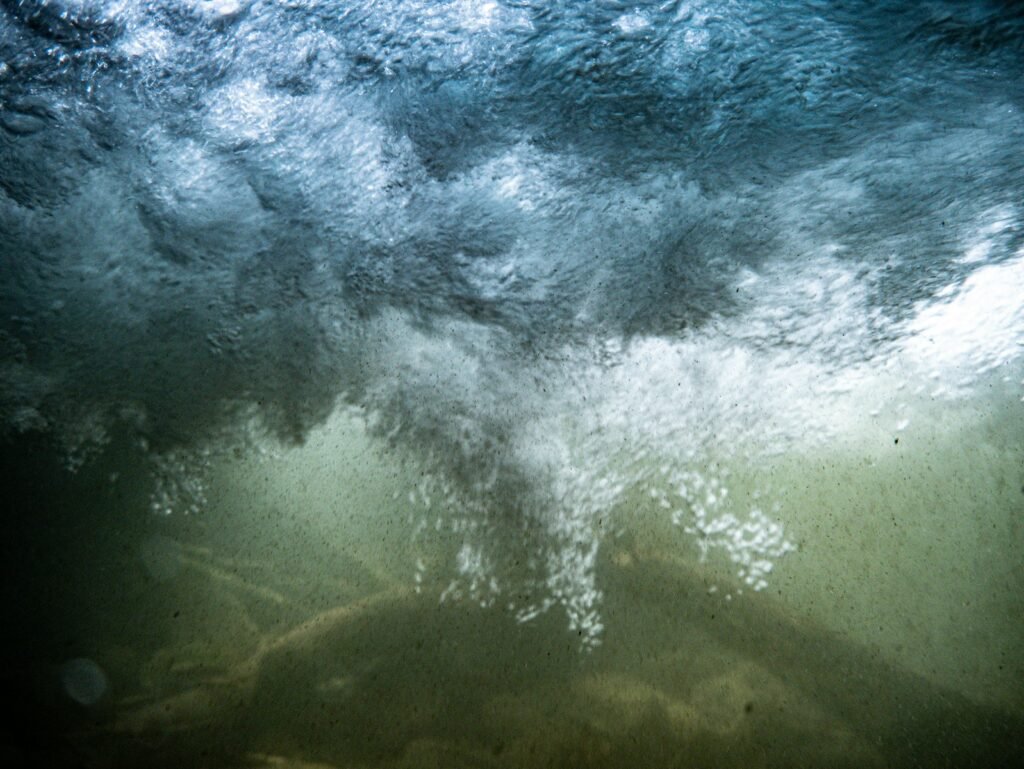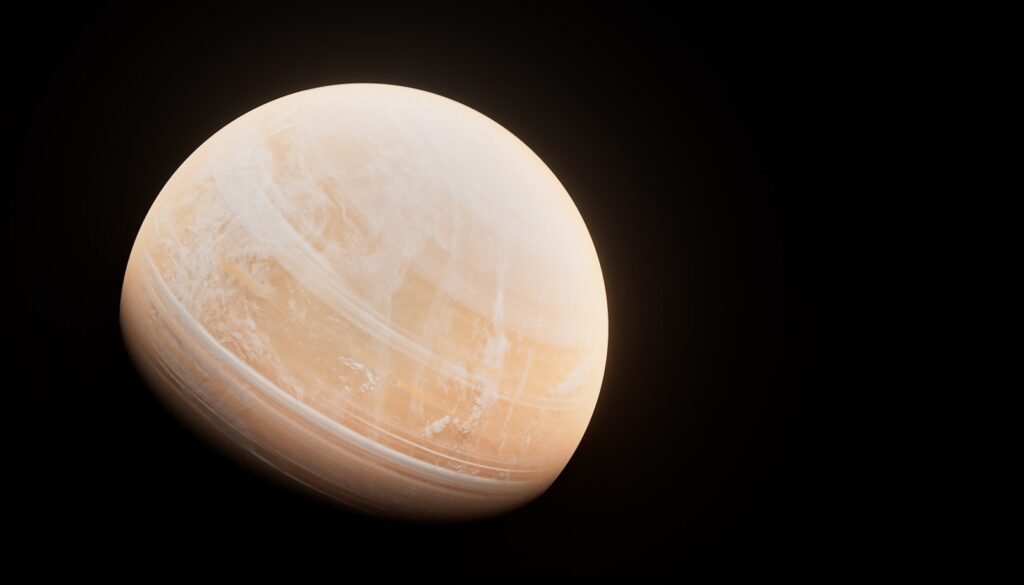An ancient geological force has been quietly shaping the planet for millions of years deep beneath Oman’s rough terrain. Scientists have found a “ghost” plume, a column of hot rock rising from the Earth’s core. This plume may have been very important in changing the direction of the Indian tectonic plate when it crashed into Eurasia. This hidden upwelling, called the “Dani plume,” is different from other mantle plumes that cause volcanic eruptions because it hasn’t left any fiery marks on the surface. But finding it goes against what scientists have long thought about how the Earth’s interior affects continental drift. It also makes us wonder if there are many more of these plumes hiding under our feet.
The First-Ever “Ghost Plume” Discovery
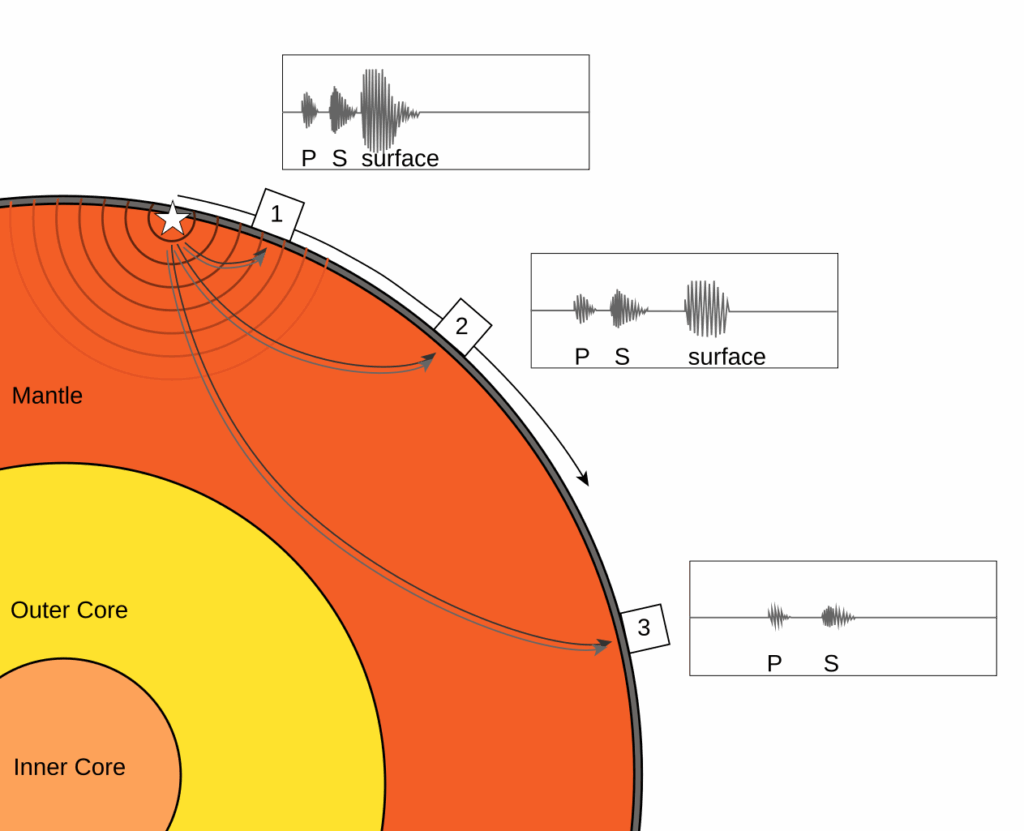
Seismic waves that went under Oman’s Salma Plateau showed an anomaly: a cylindrical area where the vibrations slowed down, which meant the rock was hotter and softer. This clue helped scientists find the Dani plume, a column of magma that is 200 to 300 kilometres (125 to 185 miles) wide and stuck under the Earth’s thick crust. Dani is still “amagmatic,” which means it can’t break through the surface like Hawaii’s volcanic plumes can.
It was by chance that they found the plume. Geologist Simone Pilia looked at seismic data from Oman’s dense sensor network and saw that wave speeds were slowing down. “The more proof we found, the more sure we were that it was a plume,” Pilia told New Scientist. Dani, who is named after his son, is a new type of mantle plume that changes continents without leaving a trace.
How a Hidden Plume Moved a Continent
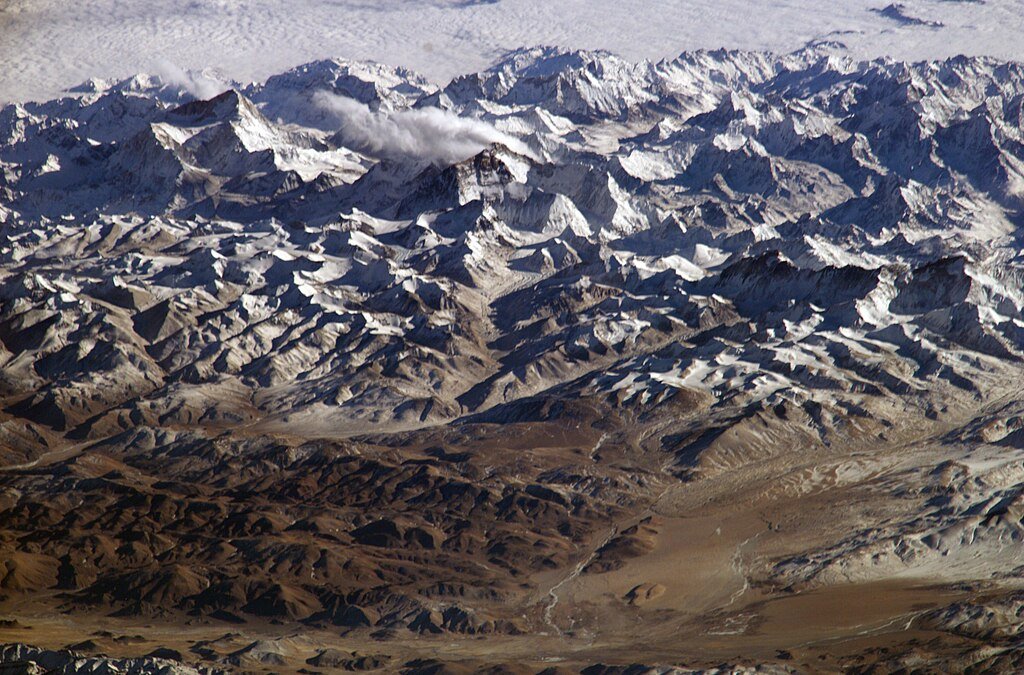
About 40 million years ago, the Indian plate that holds the subcontinent slammed into Eurasia, creating the Himalayas. But something changed India’s path before this disaster. Pilia’s team looked at how the plates moved and determined that they changed direction between 40 and 25 million years ago, which is when the plume was there.
“The plume’s shear stress changed the Indian plate’s azimuth,” Pilia stated. The heat and pressure from the plume pushed the plate off course like an unseen hand. This is the first time scientists have linked a specific plume to a tectonic redirection, which transforms how we think about how plates move.
Why This Plume Defies Expectations
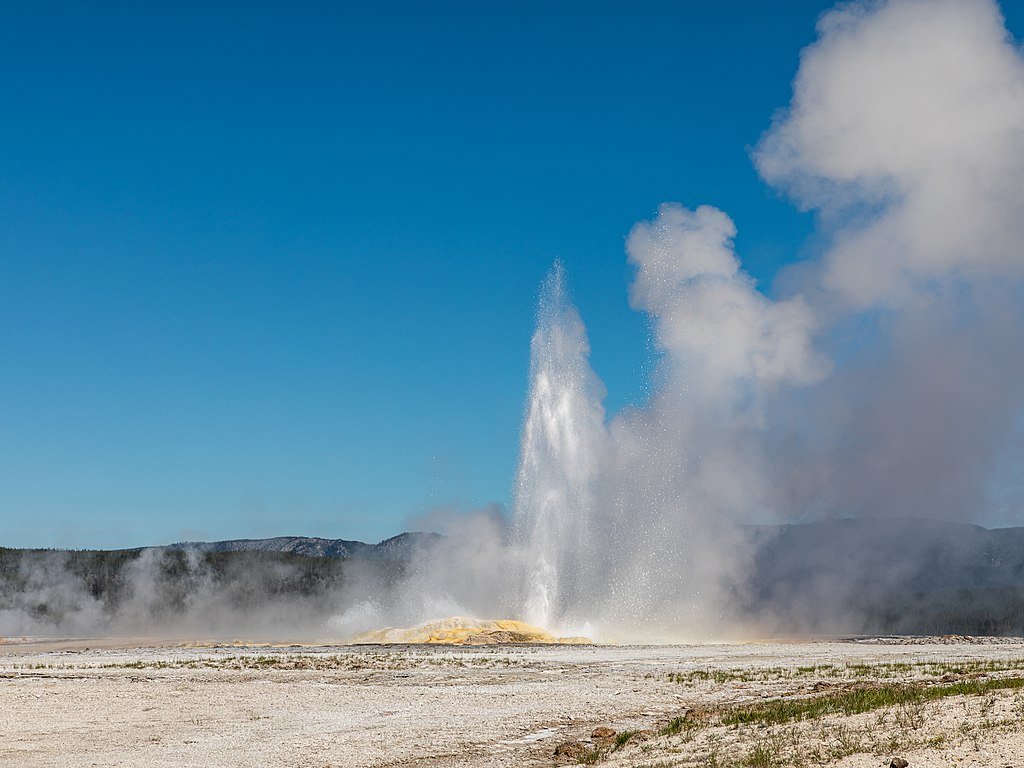
Most mantle plumes, like the ones under Hawaii or Yellowstone, erupt with a lot of force. But Dani couldn’t get to the surface because it was stuck under Oman’s thick crust. Pilia stressed that “absence of evidence is not evidence of absence.” The discovery destroys the idea that continental plates don’t have plumes because they don’t make volcanoes.
- Seismic slowdowns: Waves slowed down by 5–10% in the plume’s path.
- Thermal spike: The plume is 100–300°C (212–540°F) hotter than the rock around it.
- Uplift: The Salma Plateau in Oman, which rises 6,600 feet (2,000 meters), may be the plume’s subtle surface fingerprint.
The Mysterious Fate of the Plume’s Traces
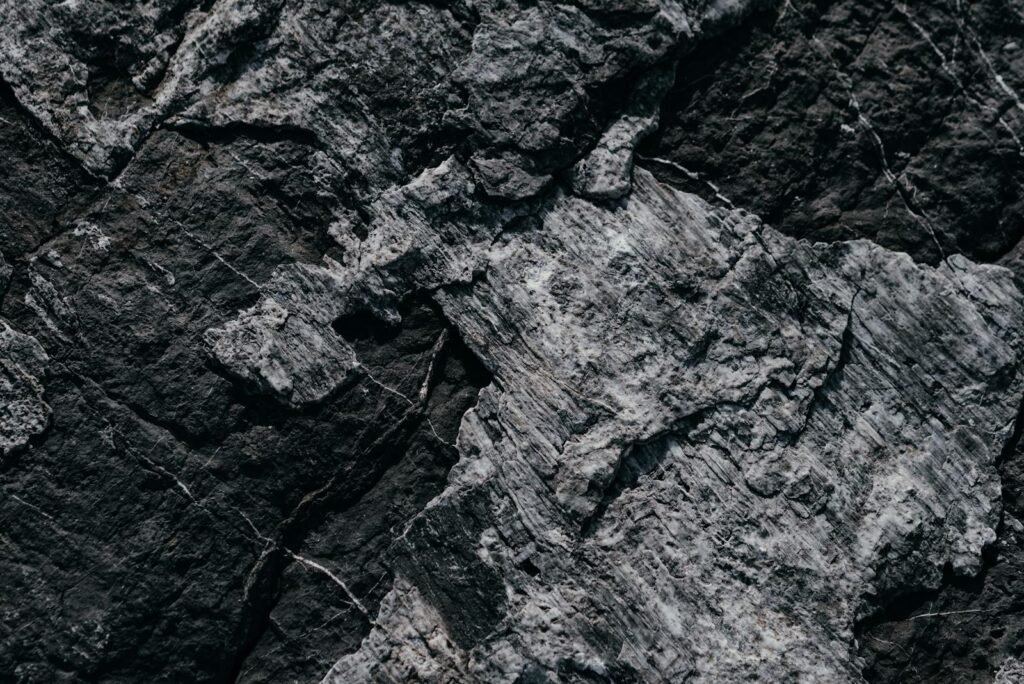
Plumes stay in one place, but tectonic plates move. Scientists usually follow plumes by looking at volcanic trails left on moving plates. But the Makran subduction zone, a tectonic “garbage disposal” off the coast of Pakistan, erased Dani’s history by swallowing geological evidence. Pilia said, “That evidence is gone for good.” If this subduction hadn’t happened, Dani might have left a clearer mark, like the chain of islands in Hawaii.
Could More Ghost Plumes Be Lurking?
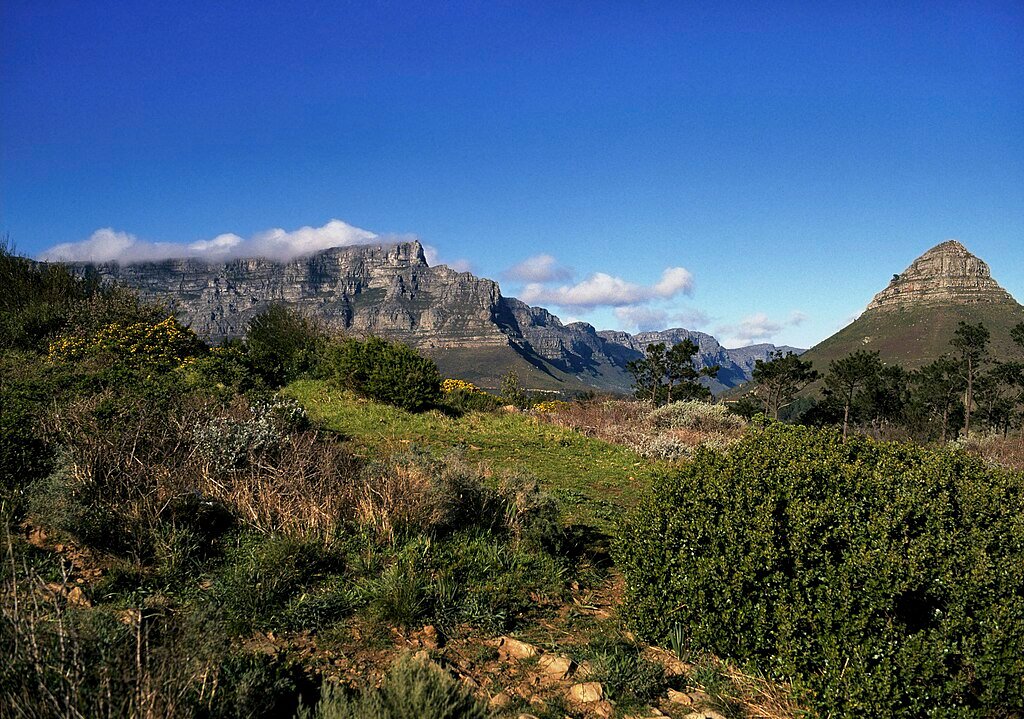
Africa is a strong contender. It sits on top of a “large low-shear-velocity province” (LLSVP), which is a huge blob of hot rock at the boundary between the core and the mantle that sends up plumes. There could be dozens of Dani-like plumes hidden under Africa’s thick crust, quietly raising land or changing the way plates move.
- More plumes mean more heat escaping from Earth’s core, which changes models of how planets cool down.
- Mineral deposits: Plumes often hold nickel, platinum, and diamonds. Hidden plumes could point to resources that haven’t been used yet.
- Mass extinctions: Volcanism caused by past plumes killed off many species around the world. Ghost plumes may have effects that are less obvious and still unknown.
What This Means for Earth’s Geologic Playbook
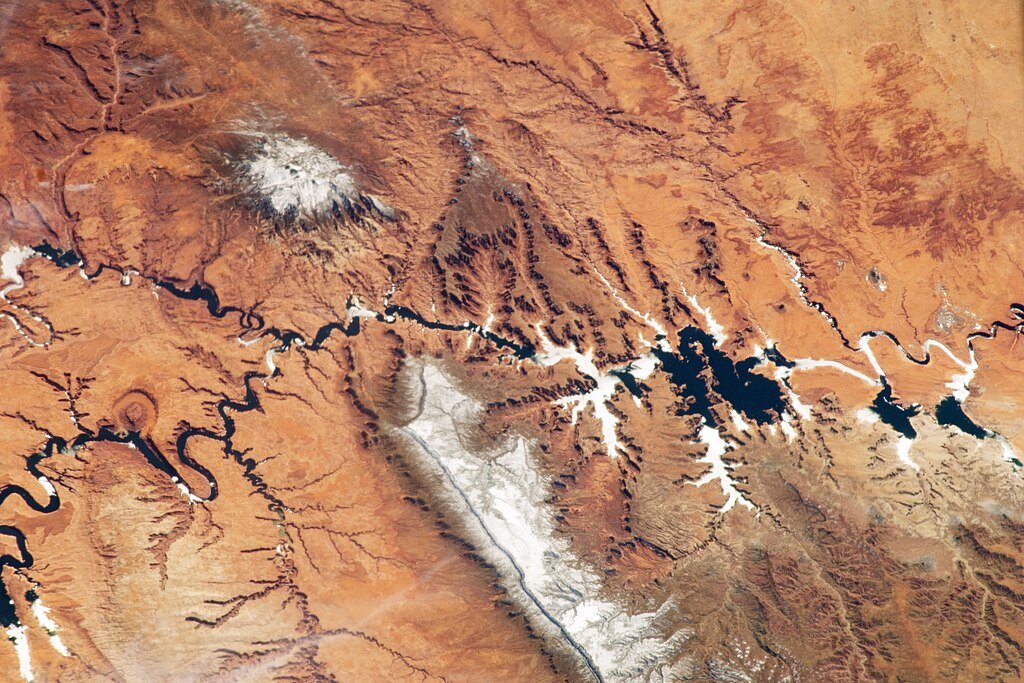
The Dani plume makes us rethink how the inside of the Earth interacts with the outside. If ghost plumes are common, they might explain:
- Unexplained uplifts: Plumes that are hidden may be what makes places like the Colorado Plateau so high.
- Plate mysteries: Strange tectonic changes in the past may have been caused by plumes.
- Core dynamics: If the core releases more heat, we may need to change how we think about how the Earth’s magnetic field is made.
Pilia says, “We’re sure Dani isn’t alone.” With better seismic networks, scientists may soon find more ghosts in the machine, the quiet builders of our planet’s constantly changing face.
Conclusion
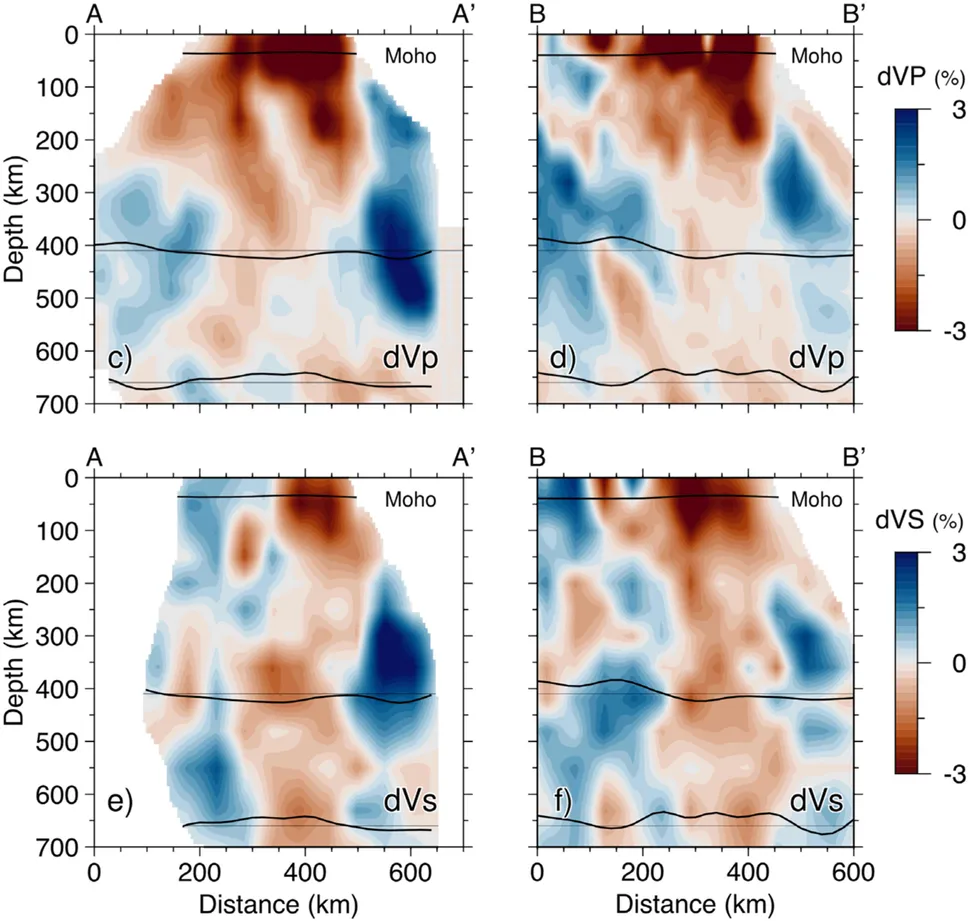
The Dani plume’s discovery shows that the strongest forces on Earth often work behind the scenes. A 40-million-year-old upwelling under Oman has quietly changed the direction of continents, gone against what scientists thought about volcanoes, and suggested that there are other plumes like this one in a hidden underworld. As technology digs deeper into the Earth, we may discover that the ground beneath us is much more restless and strange than we ever thought it could be.
Sources:

Jan loves Wildlife and Animals and is one of the founders of Animals Around The Globe. He holds an MSc in Finance & Economics and is a passionate PADI Open Water Diver. His favorite animals are Mountain Gorillas, Tigers, and Great White Sharks. He lived in South Africa, Germany, the USA, Ireland, Italy, China, and Australia. Before AATG, Jan worked for Google, Axel Springer, BMW and others.

